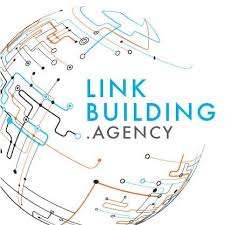In today’s digital age, website loading speed plays a crucial role in determining user satisfaction and overall success. A website that takes forever to load can frustrate visitors, leading to higher bounce rates and a negative impact on search engine rankings. To ensure a smooth user experience and keep your website competitive, it’s essential to check its loading stability regularly. In this article, we will guide you through the process of evaluating your website’s loading stability and provide actionable tips for improvement.
1. Test Website Loading Speed
The first step in assessing the loading stability of your website is to measure its loading speed. Various online tools like Google PageSpeed Insights, GTmetrix, and Pingdom Website Speed Test can help you evaluate how quickly your website loads. These tools analyze your site and provide valuable insights into its performance, highlighting potential issues affecting loading times.
2. Identify Slow-Loading Pages
Once you have tested your website’s loading speed, focus on identifying specific pages that load slowly. This step is crucial as it allows you to pinpoint areas that need improvement. Utilize the aforementioned tools or website analytics to identify slow-loading pages and their associated causes.
3. Optimize Images
Images are often the main culprits behind slow-loading pages. Ensure that all images are properly compressed without compromising on quality. Use modern image formats like WebP, which offer better compression and quality compared to traditional formats like JPEG or PNG.
4. Minimize HTTP Requests
Reducing the number of HTTP requests can significantly improve loading times. Combine CSS and JavaScript files to minimize requests and remove any unnecessary elements. Additionally, consider using CSS sprites to combine multiple images into one, further reducing HTTP requests.
5. Enable Browser Caching
Enabling browser caching allows visitors to store certain elements of your website on their local devices. When they revisit your site, the cached elements load faster, reducing overall loading times. You can enable caching through web server settings or plugins, depending on your website’s platform.
6. Optimize CSS and JavaScript
Optimize your CSS and JavaScript files to reduce their size and improve loading times. Remove any unused code, comments, and unnecessary whitespace. Additionally, consider using asynchronous loading for non-essential scripts to ensure they don’t block the rendering of the page.
7. Upgrade Hosting Plan
If your website consistently experiences slow loading times despite optimizations, it may be time to upgrade your hosting plan. Choose a hosting provider that offers scalable resources, better server performance, and superior loading stability.
8. Monitor Website Performance
Loading stability can vary due to various factors, including server load and traffic spikes. Regularly monitor your website’s performance using website monitoring tools. These tools can alert you of any performance issues in real-time, allowing you to take prompt action to rectify them.
Conclusion
Ensuring the loading stability of your website is crucial for delivering an exceptional user experience. By regularly testing and optimizing loading speed, you can attract more visitors, reduce bounce rates, and improve search engine rankings. Follow the steps outlined in this article, and you’ll be well on your way to creating a fast and reliable website that keeps visitors coming back for more. Apart from that, you can reach out to the best seo agency who can take care of all these requirements. Remember, a stable loading website is a vital ingredient for online success in today’s competitive digital landscape.










